Growing Demand for Early Detection
The increasing awareness of the importance of early detection in ocular diseases is propelling the Ultra Wide Field Imaging Device Market forward. Conditions such as diabetic retinopathy and age-related macular degeneration can lead to severe vision loss if not diagnosed early. As healthcare providers emphasize preventive care, the demand for imaging devices that facilitate early diagnosis is rising. Market data indicates that the prevalence of diabetic retinopathy is expected to increase, with an estimated 191 million people affected by 2030. This growing patient population is likely to drive the adoption of ultra wide field imaging devices, as they provide comprehensive views of the retina, enabling timely interventions and better patient outcomes.
Rising Incidence of Ocular Diseases
The Ultra Wide Field Imaging Device Market is significantly impacted by the rising incidence of ocular diseases worldwide. Factors such as an aging population and lifestyle changes contribute to the increasing prevalence of conditions like glaucoma and diabetic retinopathy. According to recent estimates, the number of individuals with vision impairment is projected to reach 2.7 billion by 2025. This alarming trend underscores the urgent need for effective diagnostic tools, such as ultra wide field imaging devices, which can provide detailed views of the retina and facilitate early intervention. As healthcare providers seek to address this growing burden of ocular diseases, the demand for advanced imaging technologies is expected to escalate, thereby propelling market growth.
Shift Towards Value-Based Healthcare
The Ultra Wide Field Imaging Device Market is also influenced by the ongoing shift towards value-based healthcare models. These models prioritize patient outcomes and cost-effectiveness, prompting healthcare providers to adopt technologies that enhance diagnostic accuracy and treatment efficacy. Ultra wide field imaging devices offer significant advantages in this regard, as they allow for more comprehensive assessments of ocular health, potentially reducing the need for more invasive procedures. As healthcare systems increasingly focus on delivering high-quality care while managing costs, the adoption of these imaging devices is likely to rise. This trend is supported by market analyses indicating that healthcare providers are investing in technologies that align with value-based care principles, further driving the growth of the market.
Technological Advancements in Imaging Devices
The Ultra Wide Field Imaging Device Market is experiencing a surge in technological advancements that enhance imaging capabilities. Innovations such as high-resolution sensors and advanced software algorithms are enabling practitioners to capture a broader field of view, which is crucial for diagnosing various ocular conditions. The integration of artificial intelligence in image analysis is also streamlining workflows, allowing for quicker and more accurate diagnoses. As a result, the market is projected to grow at a compound annual growth rate of approximately 10% over the next five years, driven by these technological improvements. Furthermore, the development of portable imaging devices is expanding access to these technologies in remote and underserved areas, thereby increasing the overall market potential.
Increased Investment in Healthcare Infrastructure
The Ultra Wide Field Imaging Device Market is benefiting from increased investment in healthcare infrastructure across various regions. Governments and private entities are recognizing the need for advanced diagnostic tools to improve patient care and outcomes. This investment is particularly evident in developing regions, where healthcare facilities are being upgraded to include state-of-the-art imaging technologies. As a result, the accessibility and availability of ultra wide field imaging devices are expanding, which is likely to stimulate market growth. Market forecasts suggest that this trend will continue, with substantial funding directed towards enhancing healthcare capabilities, thereby creating a favorable environment for the adoption of innovative imaging solutions.


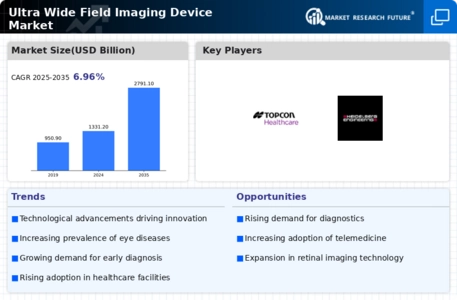
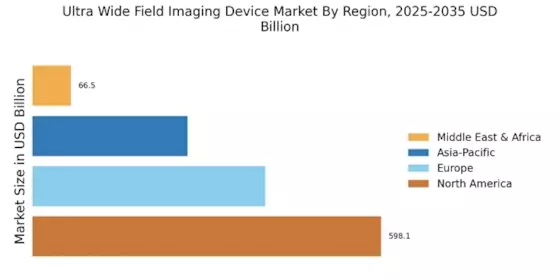
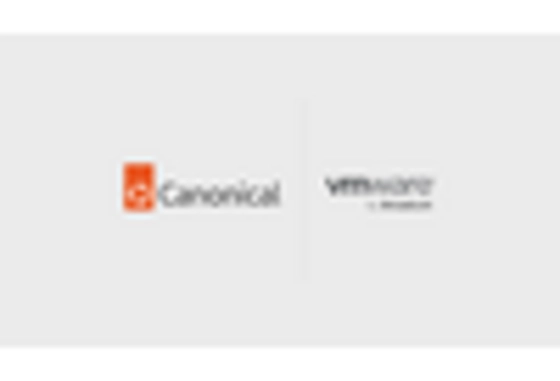
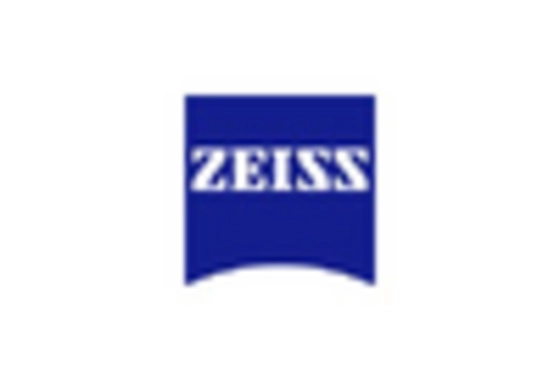
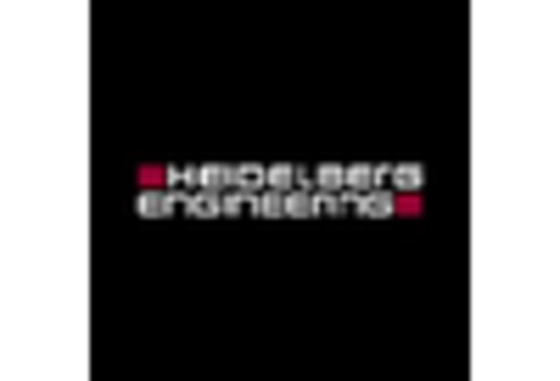

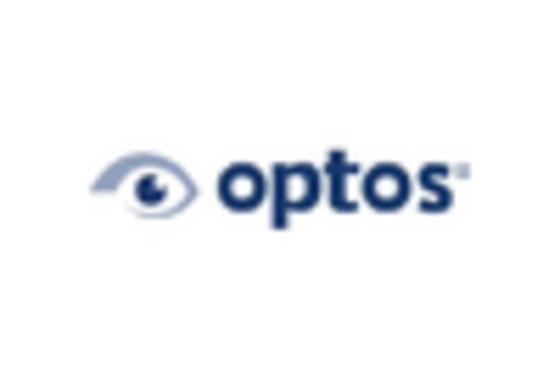
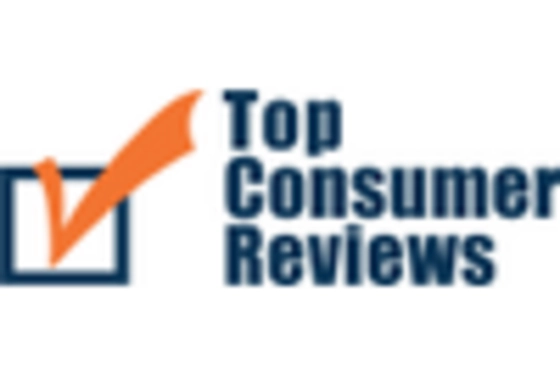








Leave a Comment